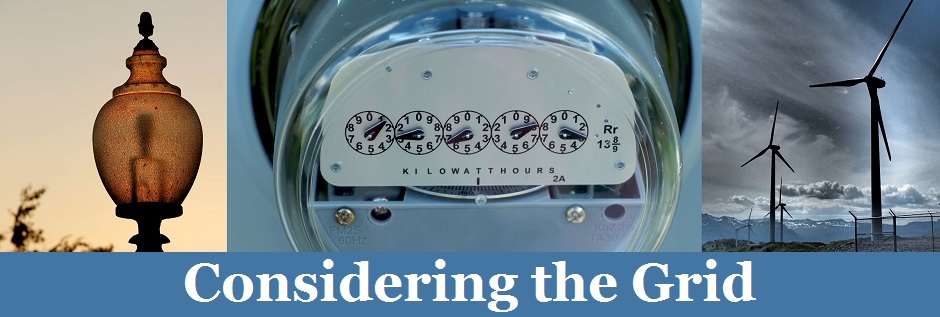FERC staff issued its final report of 2016, entitled Assessment of Demand Response and Advanced Metering. The Energy Policy Act of 2005 requires FERC to prepare annual reports on demand response resources. This is the eleventh such report.
Demand response policies allow energy consumers to be paid for curtailing their consumption during periods of high energy demand. Advanced meters are meters that measure usage data in, at minimum, hourly intervals and that have built-in two-way communication capable of recording and transmitting data instantaneously.
The report explains that demand response can occur at either the wholesale or retail level. At the retail level, the annual potential peak reduction in 2014 (the most recent year with available data) was 31,191 MW, a 15.1% increase over the previous year. The potential peak reduction from wholesale demand response programs in 2015 (the most recent year for this data) was 31,754 MW, a 6.6% increase from the prior year. FERC also notes that the prevalence of advanced meters continues to grow and that, as of 2014, just over 40% of all meters in the U.S. are advanced meters.
In addition to breaking down the data on demand response and advanced metering, the report highlights recent policy and legal activity on these issues. The biggest news in 2016 was the Supreme Court’s decision in FERC v. EPSA, which upheld FERC’s demand response regulation set forth in Order No. 745. FERC subsequently issued a series of orders related to the participation of demand response in organized wholesale electric markets, the impacts of which are not yet reflected in the data on demand response. The report also describes other recent federal actions, such as the Energy Efficiency Improvement Act of 2015, which allows certain grid-enabled water heaters to participate in demand response programs. The report also highlights various states’ activities in this field.
Finally, the report concludes with an overview of the barriers demand response still faces. These include a lack of market opportunities beyond acting as emergency resources or directly participating in retail and wholesale markets as well as the lack of coordination among policies at the federal and state levels.

